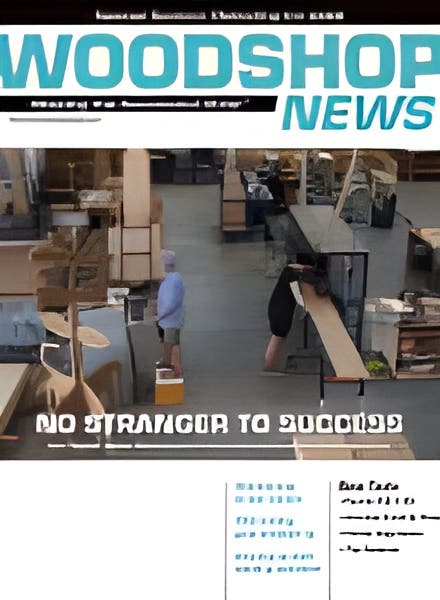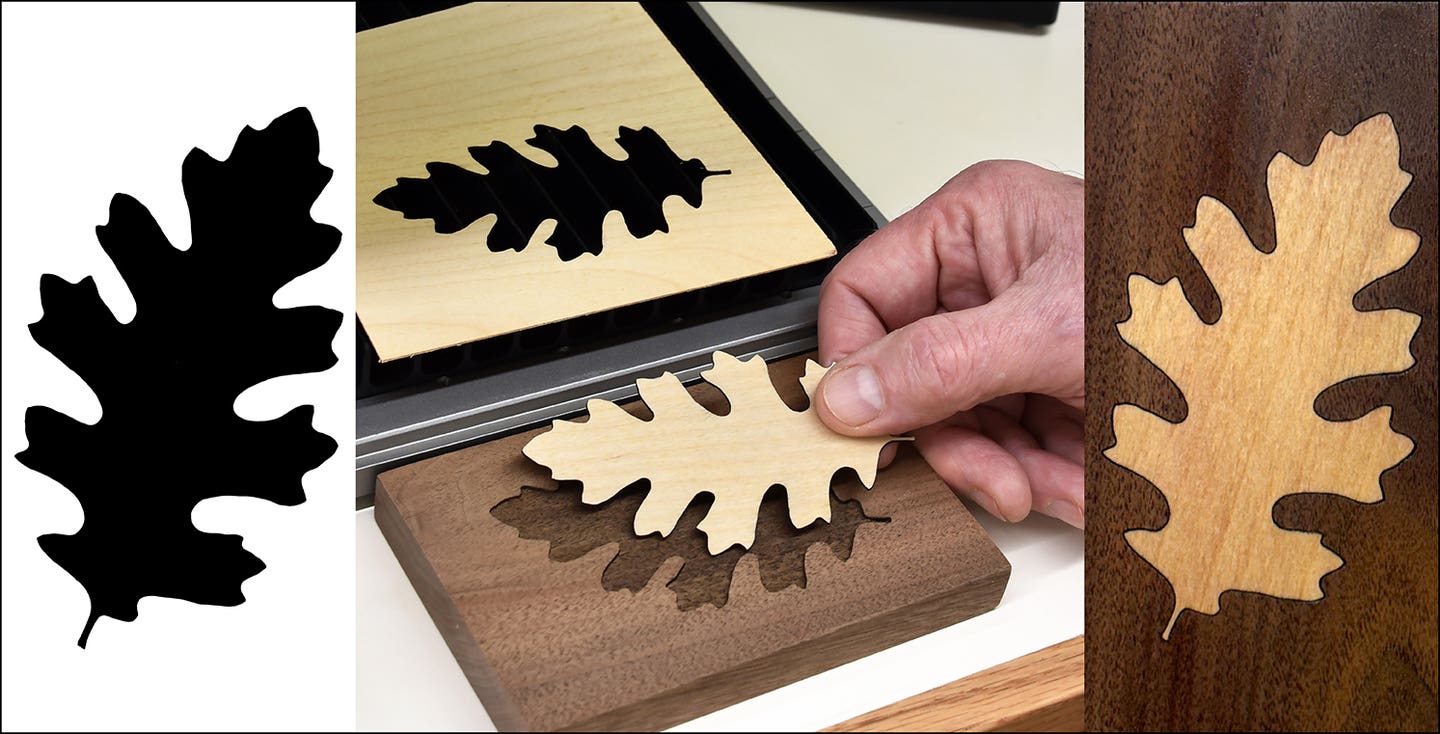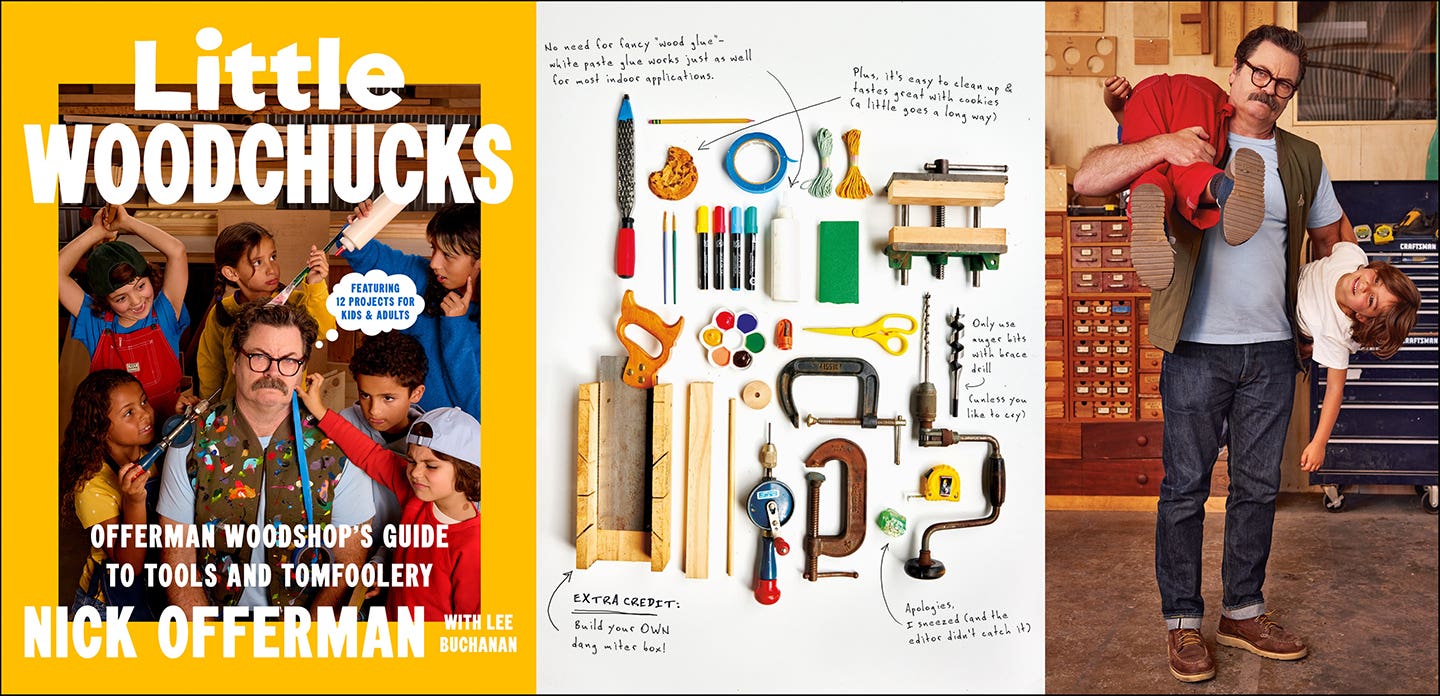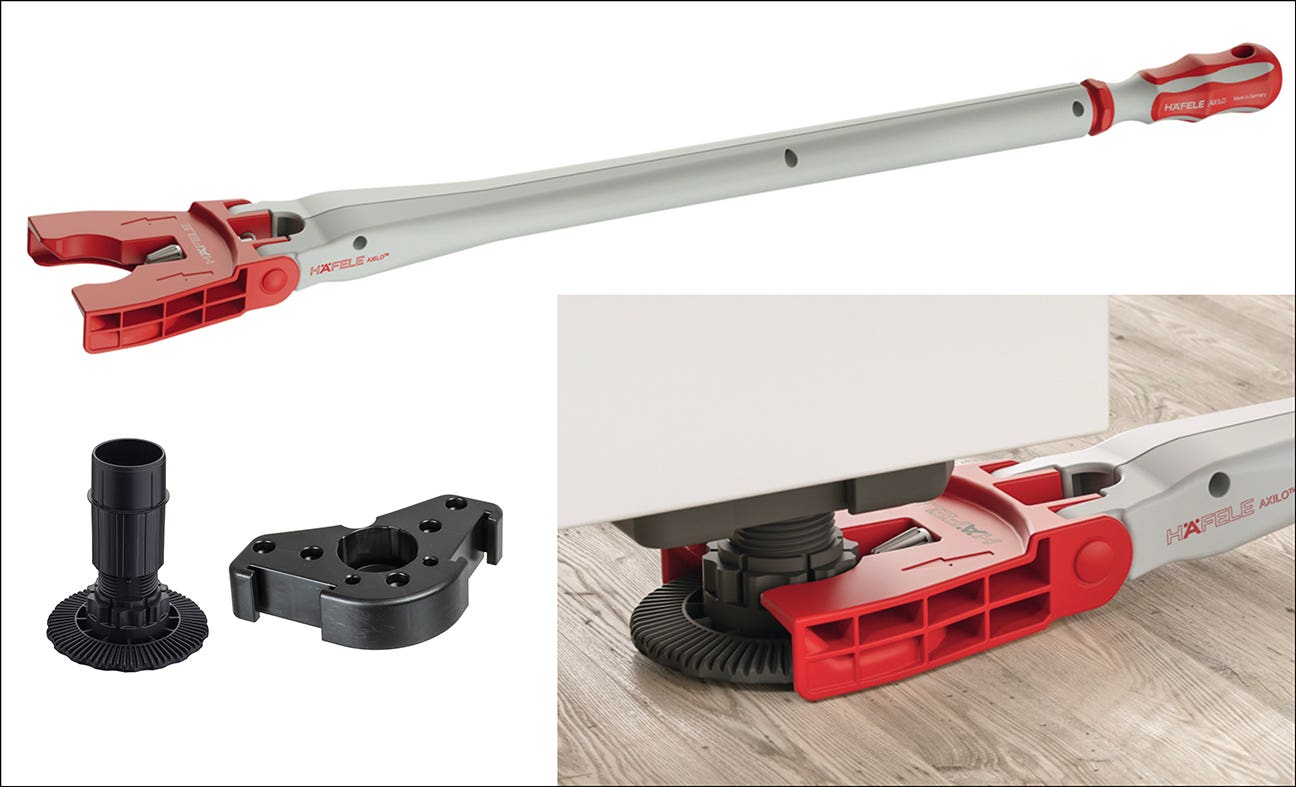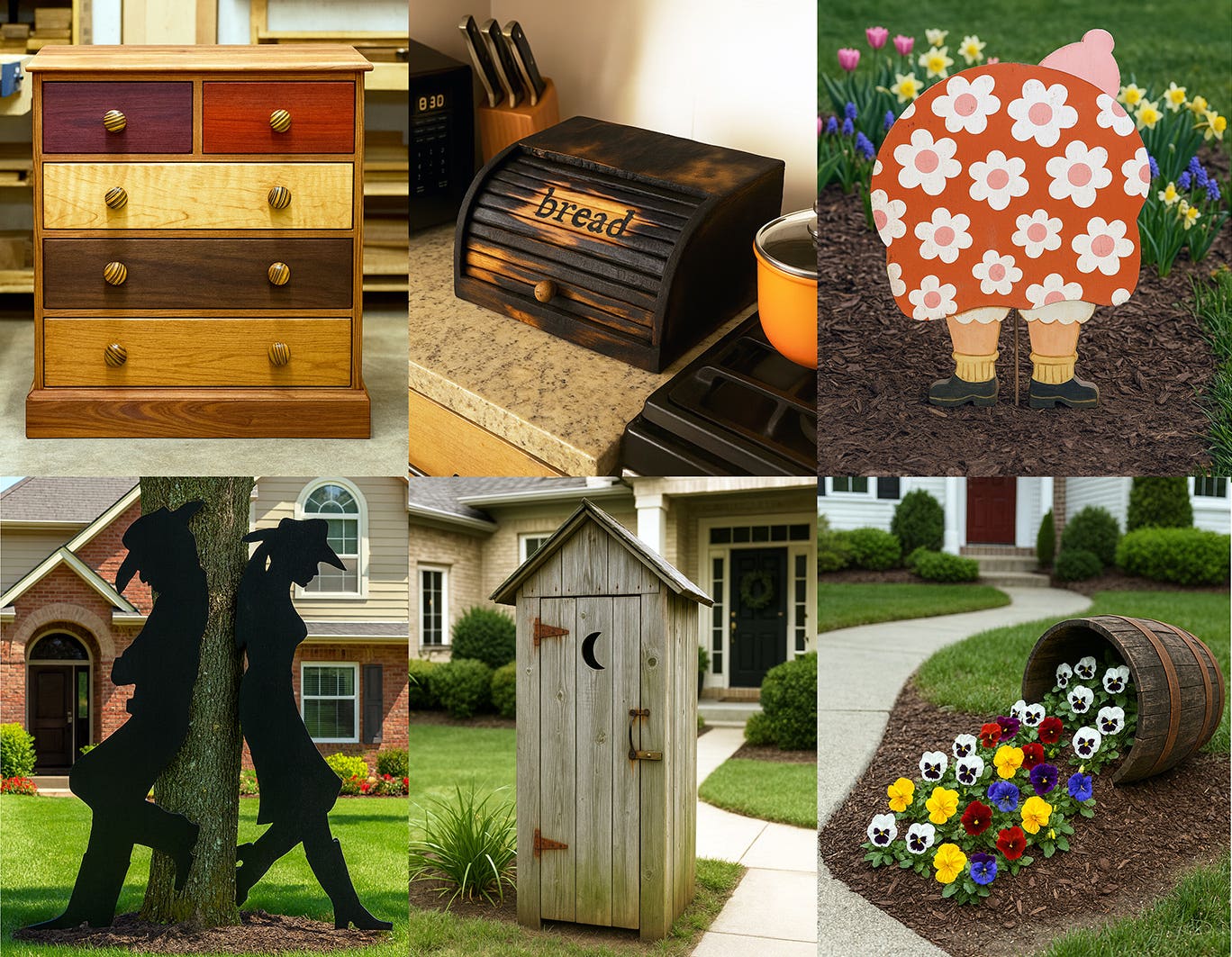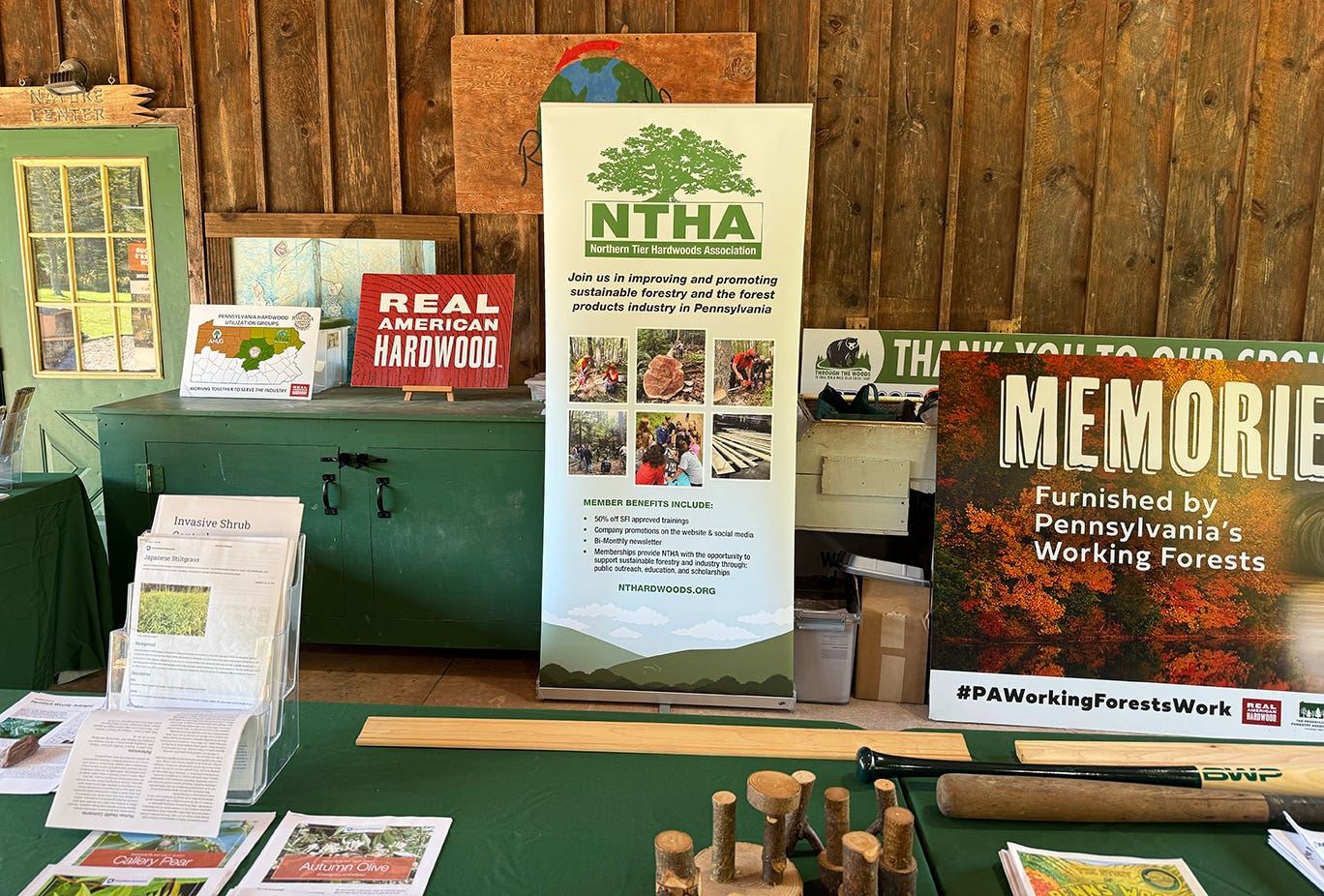A burgeoning friendship and a better bottom line
In tough economic times, a little creativity can really help a small shop pay the bills. One way to do that is to seek out new customers who can use…
In tough economic times, a little creativity can really help a small shop pay the bills. One way to do that is to seek out new customers who can use our skills and equipment in creative ways. For the last year or so, our shop in rural South Dakota has been collaborating with nationally acclaimed jewelry maker Anna Achtziger to create unique turned vessels that she designs, we turn and then she beads. The entire process has been rewarding on so many levels: it’s good for business, it’s a fabulous creative outlet, the learning curve has been exhilarating and we’ve gained a talented and unbelievably creative friend.
{loadposition position10}
Achtziger came by the shop initially to take some basic turning classes. She knew that she wanted to expand her beadwork into a more three-dimensional form and wooden vessels seemed like a natural way to go.
We have a lathe studio here at the shop, with five Jet 1220 lathes, where we normally teach community education classes in bowl turning. The studio is equipped with Craig Jackson’s new generation of carbide-tipped turning tools (www.easywoodtools.com) that have completely replaced the traditional skews, gouges and parting tools in our shop.
These cutters do two things that really help new turners begin the journey or advance turners in the scope and nature of the products that they tackle. First, they completely eliminate sharpening, which for any busy woodshop is a huge blessing. We used to spend perhaps a third of our turning time tuning up chisels or grinding fingernail profiles on gouges. With the new tools, we use them until the cutter goes dull and then replace them with an inexpensive (less than $20) new one. There are three shapes: round, square and diamond. When an edge gets dull, one simply rotates the cutter 90 degrees. When all the edges are used (and that takes a long time — we’ve had some that have held a good edge through hundreds of hours of bowl making), it’s time to switch.
And secondly, they are remarkably easy to use. Simply hold them parallel to the floor: there are no angles to learn, no bevels to ride, no complex notions at all.
So Achtziger stopped in to explore the possibility of marrying her beadwork to turned objects and we began by laminating poplar blanks together and turning simple hollow forms. The carbide tools, combined with kiln-dried hardwoods, allow even beginning turners to make deep vessels because they can turn two halves (think of making a couple of standard bowls) and then glue these together and clean up the glue joint after it dries. The lathe actually works as a clamp: it can exert even pressure along the entire 360 degrees of the glue line. This method is a lot safer than traditional deep hollowing, which takes a lot of practice to learn and years to master. Achtziger turned her first vessel, pretty much entirely by herself, within the first few hours of instruction.
A new view
As our business relationship developed, so did the creative one. I’m a craftsman, taking pride in technique and discipline, but Achtziger is an artist who sees shapes that don’t yet exist. There were places she wanted to go that her limited skills wouldn’t take her and my limited vision couldn’t see.
Working together, she drew the map and I drove. And pretty soon we began to visit some very interesting country. Achtziger constantly pushes the collaboration into new territory. To be honest, many of the things she asks me to do on the lathe scare the hell out of me. But I trust her vision and, somehow, we find a way to get where she’s going without sending the work airborne.
It didn’t take Achtziger long to discover that one could order weird wood on the Internet. She usually arrives for our weekly sessions with some new exotic tucked under her arm — African blackwood, spalted ambrosia, marblewood, redheart or zebrawood. It’s usually covered in a layer of heavy wax, but even through that the wild figure shows and my heart begins to race. What will it look like when the first coat of finish floats over it? Will it behave well when the knives approach? And, of course, that nagging question: Is this the one that finally explodes?
Together, we discovered that not all blackwood is the same. Some of the stock she bought came from the Far East and it behaves a lot differently than the African variety. It has more color (browns and yellows) and seems to run hard and soft, although not along defined routes. This is all heartwood (no sap) and yet it has streaks of color like the seams of gold out here in our ancient Black Hills that meander through the blanks with a mind of their own. But, in general, blackwood is a turner’s dream. It has tight grain that peels in ribbons reaching for the ceiling when large amounts are being removed to create domes and hollows and yet it crumbles like chalk when being scraped delicately to make needle-thin spires and finials.
The logistics
Working with artists (we get to share space with several here at the school) tends to bring out my own limited artistic talent and that’s a very self-actualizing experience. I get to use the shop to create something that isn’t just another plain-sawn red oak plywood box with a raised panel door. After 30-some years of building cabinets, it’s a relief to turn on the shop lights on Tuesday mornings and wait for Achtziger’s next surprise to arrive.
Finding artists to work with sounds challenging, but it really isn’t. And woodworkers don’t need to confine this newfound freedom of expression to turning. Creative people will find a way to use what you know and the tools that you own to take you on a roller-coaster ride. Some ways to meet area artists might include volunteering to speak at monthly meetings of local arts groups, visiting with the art instructors at the local college or university, spending a few minutes with a gallery owner, or even posting a notice on Craigslist or a poster at the downtown coffee shops. Once word gets out that your shop is interested, artists will find you.
Liability can be a concern. We ask everyone to sign a liability waiver that was drawn up by a lawyer. Creating one yourself or downloading something from the Internet will probably cause more problems than it solves. As the artists are not employees, there is no need for workmens’ compensation. And the fact that they are in the shop voluntarily somewhat mitigates the shop’s risk.
Even when I’m turning and Achtziger is directing traffic, she’s wearing a full face shield. We follow basic safety rules and my primary concern is always her health and well-being, rather than the project. We can always turn another bowl.
Achtziger pays for her shop time by the hour and we bill every couple of weeks. When she leaves with a finished project (there have been a dozen or so), the work belongs entirely to her to sell or display as she likes. Our shop has no ownership whatsoever in the pieces she creates. Whenever I begin to feel possessive about one of her works, I have the following humbling thought: she could make this with any competent turner, but I couldn’t dream it up even if this was still the 1960s and … well, you know where that’s going.
One of the ancillary results from this collaboration has been the development of a line of products that we now manufacture during our slow times and sell to local retailers. These include cutting boards, wine bottle stoppers and several other “artsy” items that fit well with our equipment. For example, our 15” Grizzly planer is ideal for milling the wide faces of edge-glued cheeseboards and trivets and these products are a great way to use up almost every scrap in the shop. Very short cutoffs that used to end up as firewood are now turned (literally) into bottle stoppers that fetch almost $20 apiece wholesale and $30 retail at shows.
Using our craft in artistic ways also makes workdays more fun. And artists are generally pretty interesting people, so the conversations over coffee are no longer limited to the resurgent Minnesota Vikings or the gas efficiency of Hummers (guy talk). Plus, having someone new in the shop tends to force us to look at processes and methods in new ways. For example, we need to clean up more (one can’t ask a guest to stand in somebody else’s shavings) and take the time to unplug things when changing bits or blades and even organize the scrap pile so it becomes a resource rather than a liability.
We’re moving everything to the walls in our retail space on the last Saturday of October to make room for a one-day show of Achtziger’s work. We’ve even applied for a temporary license to serve wine at the event, just in case somebody with taste (and a checkbook) pays us a visit. Such an event is truly a defining moment for a small shop, when art meets craft and a spotlight shines on something unique that has passed through our hands and become better for it.
Thank you, Anna.
This article originally appeared in the December 2012 issue.

